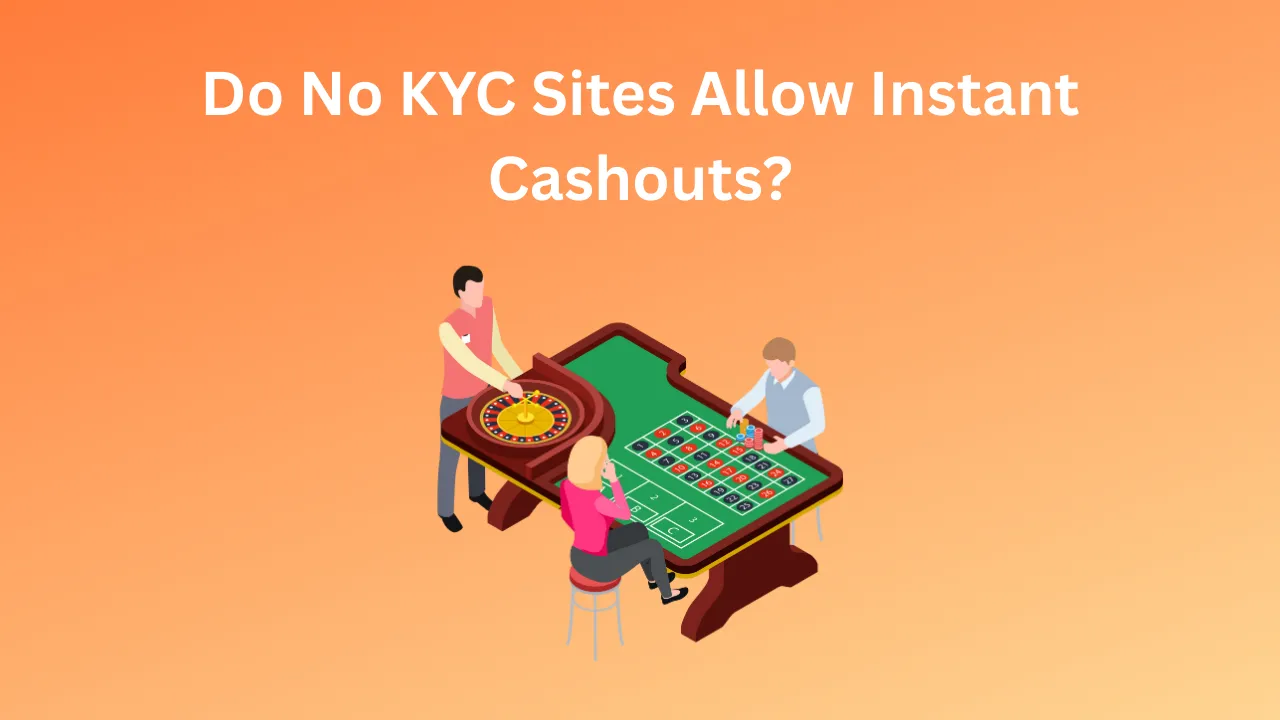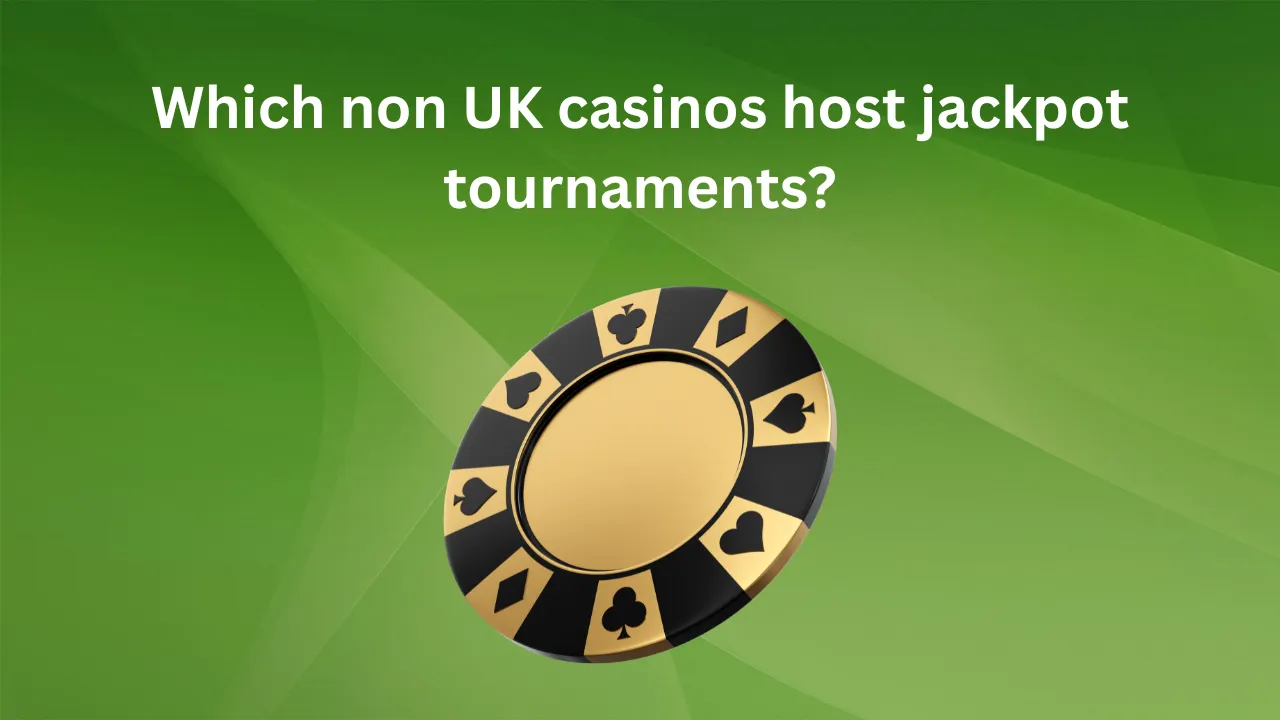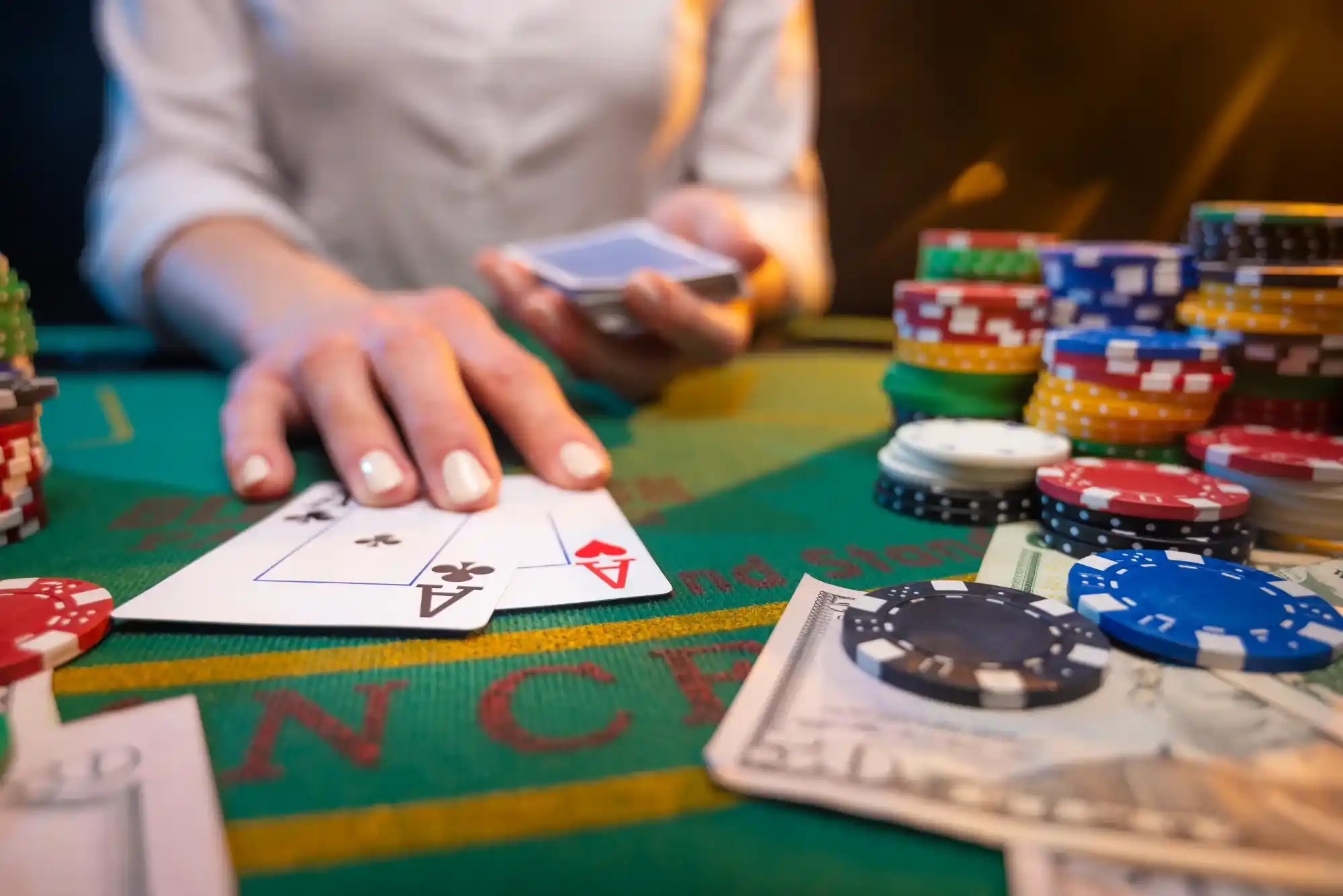Every time I stroll past a bustling street fair or immerse myself in the color and spectacle of a cultural festival, I’m struck by the sense of community and celebration that unites both locals and visitors. It makes perfect sense that game designers would tap into these festive energies, crafting limited‑edition slot releases that encapsulate a carnival’s spirit, a lantern festival’s glow, or a music festival’s beat. In this article, I’ll share insights from conversations with developers, my own experiences testing themed slots, and examples of standout festival-inspired games to reveal how culture and celebration drive product innovation in the casino world.
The Intersection of Culture and Slot Design
At their core, limited‑edition slots blend artistry with mechanics. Designers start by researching a festival’s visual motifs—think vibrant costumes of Rio Carnival or intricate lantern patterns of Diwali—and translate those into symbols, backgrounds, and animations. Soundscapes follow suit: samba drums, sitar strings, or mariachi trumpets layer in audio cues that transport players straight into the festivities. But beyond aesthetics, these games often introduce special features timed to a festival’s narrative, such as “Lantern Collect” bonus rounds or “Parade Wilds” cascading mechanics.
Many operators, including non GamStop casinos, have recognized the marketing potential of these releases. By partnering with cultural organizations or event promoters, casinos secure licensing deals that lend authenticity—and occasionally exclusive tie‑in perks—to their slot offerings. A well‑timed release around a major festival can boost engagement dramatically, as players seek fresh experiences aligned with real‑world celebrations.
Spotlight on Successful Festival Slots
In practice, some limited‑edition slots have resonated deeply with audiences:
Diwali Delights: This single‑release title featured glowing lanterns, fireworks‑driven wilds, and a “Prayer Bonus” where players selected lamps to reveal cash prizes. Its release coincided with Diwali in India, topping charts on both desktop and mobile platforms.
Rio Revelry: Capturing the flamboyance of Carnival, this slot boasted a 3‑row, 5‑reel layout adorned with feathers, drums, and dancer wilds. The “Carnival Parade” free spins round painted the screen in a kaleidoscope of confetti.
Oktoberfest Cheers: Emulating a Bavarian beer hall, this game incorporated stein‑stack wilds and a “Brew Bonus” where ordered rounds unlocked multipliers. Its soundtrack of polka melodies resonated with players during the fall beer season.
Each example illustrates how a festival’s key elements—visual, auditory, and thematic—can be woven seamlessly into gameplay, offering novelty without sacrificing core mechanics.
Why Limited‑Edition Releases Matter
From a business perspective, limited‑edition festival slots serve multiple purposes. First, they generate buzz around upcoming cultural events, acting as a marketing vehicle that ties digital play to real‑world celebrations. Second, exclusivity drives urgency; players know these titles won’t be available year‑round, prompting them to log in during the promotional window. Third, the thematic freshness reignites interest among existing users, reducing churn by offering something novel without the overhead of a full new game development cycle.
For designers, the challenge lies in balancing authenticity with universal appeal. While playing an Oktoberfest slot, I fondly recalled evenings at Munich’s beer tents; yet a non‑German audience still found the beer stein wilds and accordion tunes engaging. Striking that balance ensures festival slots can succeed across diverse markets.
Design Considerations and Development Challenges
Creating a limited‑edition release isn’t as simple as swapping out symbols. Developers must address technical constraints—such as ensuring art assets meet mobile performance standards—and regulatory requirements that vary by jurisdiction. Festival tie‑ins often require cultural sensitivity reviews to avoid misrepresentation. I’ve sat in sessions where focus groups flagged certain color combinations as inauthentic or voiced concerns over reinforcing stereotypes.
Time pressure adds another layer: festival releases must hit the market days or weeks before the real‑world event. That leaves little room for lengthy debug cycles, so studios rely on modular design frameworks that allow faster thematic overlays onto established game engines. Collaboration between art directors, cultural consultants, and engineers is critical to meet tight deadlines without compromising quality.
Impact on Player Engagement and Retention
Data consistently shows that limited‑edition slots tied to cultural festivals deliver spikes in session starts, average bet sizes, and social media mentions. When I analyzed analytics from a Spring Festival release in Asia, daily active users doubled during the week of the Lunar New Year. Players shared screenshots of auspicious symbols in their chat communities, further fueling organic promotion.
Retention also benefits: festival-themed leaderboard contests and time‑limited challenges give players goals beyond base gameplay. Some games even feature cumulative community pots, where the entire player base contributes to unlocking a global bonus round once a threshold of spins is reached. That shared objective taps into the communal spirit of festivals, fostering a sense of belonging that extends beyond solitary play.
Responsible Marketing and Ethical Considerations
While festival slots offer clear engagement benefits, operators must avoid overhyping or exploiting cultural traditions. Responsible marketing practices dictate clear communication on game availability windows, bonus terms, and voluntary self-exclusion options. I’ve seen promotional banners that felt too aggressive—pushing players to chase an expiring festival game—so I encourage platforms to balance excitement with empathy.
Cultural collaborations should involve fair compensation for cultural contributors or organizations whose intellectual property is used. Licensing deals with festival committees or local artists can ensure that economic benefits flow back into the communities being represented.
Future Trends: Virtual Festivals and Metaverse Tie‑Ins
Looking ahead, the convergence of virtual reality, metaverse platforms, and cultural events could usher in new forms of festival slots. Imagine attending a digital Holi celebration in VR, then stepping into an adjacent virtual casino to play a Holi-themed slot where each spin splashes color across the reels. Early experiments in virtual festivals have shown promising engagement, and I expect limited‑edition releases will evolve to integrate live-streamed performances, NFT-based collectibles, and cross-platform social features.
Subheading: Embracing Cultural Narratives as a Design Philosophy
Beyond individual releases, some studios are adopting a cultural-first design philosophy, building pipelines that anticipate annual events across regions. By maintaining asset libraries for major festivals—Lunar New Year, Diwali, Carnival, Easter—they can deploy themed games rapidly, iterating on successful mechanics year after year. This approach reduces development costs and lets designers focus on refining cultural authenticity rather than reinventing core gameplay.
Final Reflections
Cultural festivals offer more than inspiration; they provide a lens through which designers can connect players to shared experiences and traditions. Limited‑edition slot releases that honor these festivities succeed not merely because of timely marketing, but because they capture the essence of celebration—visual spectacle, communal joy, and narrative depth. When executed thoughtfully, they enrich the gaming landscape and create memorable moments that resonate long after the festival ends.
Whether you’re chasing the glow of lanterns in a Lunar New Year release or tapping your toes to samba rhythms in a Carnival-inspired slot, these limited‑edition games remind us that culture and gaming can dance in harmony. As the industry continues to innovate—perhaps venturing into virtual festivals or metaverse integrations—one thing remains clear: the heart of player engagement lies in authentic, well-crafted celebrations of our world’s most vibrant traditions.




